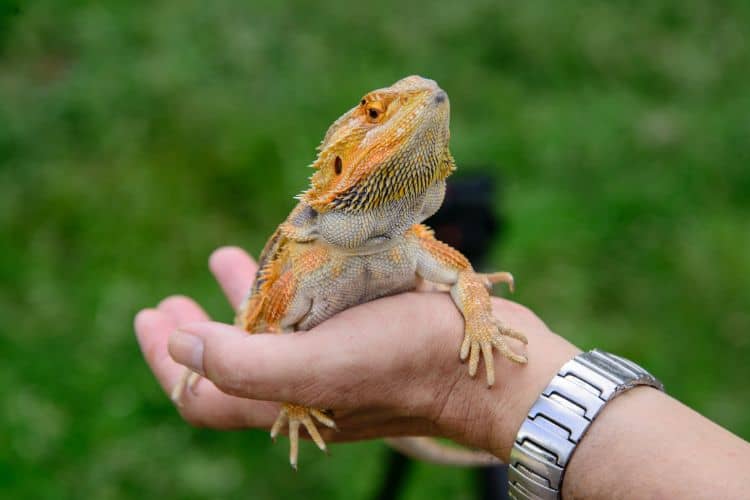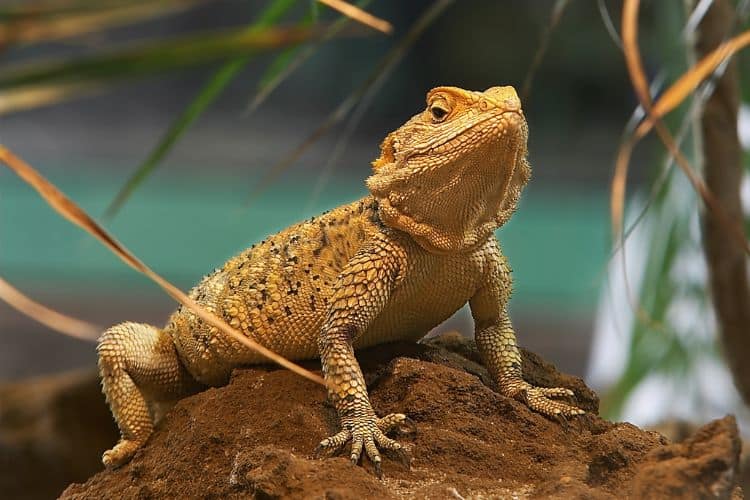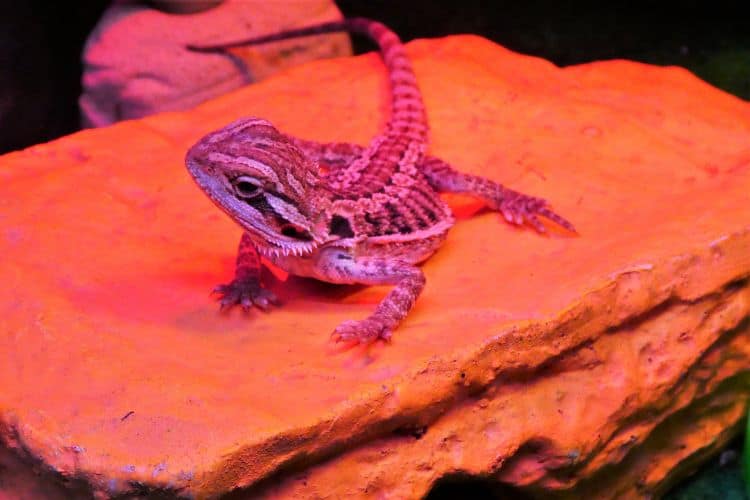Bearded dragons are popular pet lizards that have endearing personalities. Their calm temperaments and manageable size make them ideal for dedicated reptile owners. However, they still require special care and attention.
One common question many of us have is how long we can safely leave a bearded dragon alone.
While babies and juveniles need daily care, an adult dragon can manage on its own for a limited time with a properly set up habitat. Knowing their needs and potential risks allows owners to make the best decisions for solo stays.
Key Factors to Consider Before Leaving a Bearded Dragon Alone
Leaving your bearded dragon alone for extended periods can be a worry for any responsible pet owner. Fortunately, understanding their specific needs and the key factors influencing safe alone time can give you peace of mind.

Age: A Balancing Act of Growth and Independence
Age plays a crucial role in how long your bearded dragon can safely be left alone.
Young beardies (under 6 months old) are still growing rapidly and require frequent feeding and attention. They shouldn’t be left alone for more than 12-24 hours, as their small bodies need regular nourishment and supervision.
However, adult dragons (over 12 months old) are more resilient and can tolerate longer absences of around 48-72 hours, with proper preparation.
Health: Prioritizing Well-being During Alone Time
Your bearded dragon’s health status significantly impacts their ability to handle alone time.
Healthy dragons with strong immune systems can usually cope with brief absences better. However, if your bearded dragon is sick, injured, or recovering from surgery, close monitoring is essential, even for short periods.
Consult your veterinarian for specific guidelines based on their individual needs.
Brumation: A Time for Rest and Reduced Needs
Bearded dragons undergo a natural brumation period, similar to hibernation, during cooler months.
While brumating, their activity levels and appetite decrease significantly. This allows them to go for weeks without food and require less attention. However, proper brumation setup is crucial, including temperature control and monitoring for any signs of illness.
Environmental Stability: The Foundation for Safe Alone Time

Maintaining a stable and comfortable environment within your bearded dragon’s enclosure is paramount, regardless of how long they’re alone. Proper temperature, humidity, and UV lighting are essential for their health and well-being.
Automated systems and a
Risks of Leaving a Bearded Dragon Alone Too Long
Leaving a bearded dragon alone for too long can lead to some serious health and safety issues:
Dehydration
Bearded dragons can dehydrate rapidly if their water sources are not refreshed regularly. Stagnant water encourages bacterial growth and discourages drinking. Dehydration causes lethargy, appetite loss, and constipation.
Malnutrition
Bearded dragons have very specific dietary needs. If the owner leaves insufficient live feeders or chopped veggies, malnutrition can set in quickly. This leads to muscle wasting, poor bone health, and organ damage over time.
Lack of UVB

UVB light is essential for bearded dragons to metabolize
Stress, Loneliness, and Depression
Bearded dragons are social reptiles that require mental stimulation. Being left alone for days can cause chronic stress, anxiety, loneliness, and depression. This impacts their quality of life and health.
Unsuitable Temperatures
Bearded dragons rely on consistent ambient and basking temperatures. If heating sources fail while away, they can quickly develop respiratory infections or digestive issues.
Accidents
An unattended habitat may have loose substrates, branches, or decor that could fall and injure a bearded dragon. Broken bones, serious wounds, or tail loss are possible.
Tips Before Leaving a Bearded Dragon Solo
If leaving an adult bearded dragon alone for 2-3 days, here are some tips to help things go smoothly:
- Increase food quantity before leaving – Make sure to give extra live feeders and greens to sustain your dragon while you’re gone. Leave 30-50 small crickets or dubia roaches as well as a salad with veggies, fruits, and greens.
- Use timers for lighting/heating – Program timers to provide the proper day/night lighting schedule and keep the basking area at the ideal temperature range. This maintains their nutritional needs.
- Provide plenty of water – Give fresh water daily before leaving and use bowls big enough that they won’t easily spill or dry out. You can also use a slow drip bottle to continually replenish water.
- Give enrichment with new toys – Novel objects like branches, tunnels, boxes or paper bags provide mental stimulation. Rotate new enrichments each time you leave.
- Have someone check in on longer stays – For 3 days alone, it’s wise to arrange for a friend to periodically check on your dragon, refresh water and food, and just interact for a few minutes.
- Monitor the habitat – Set up a camera to watch your bearded dragon while you’re gone so you can ensure it appears healthy and safe. Look for signs of stress or damage to habitat.
Taking these extra steps will help ensure your bearded dragon stays happy and healthy in your absence! Let your dragon’s needs guide how long solo time should be.
Conclusion
In summary, short unsupervised stays of 48-72 hours are feasible for adult bearded dragons as long as their habitat meets all their needs. Babies and juveniles should never go more than a day without care.
Thoughtful preparation and proper provisions are key to keeping a bearded dragon healthy and happy when it must be left alone for a short time. With the right setup, these sturdy little reptiles can thrive briefly on their own.

